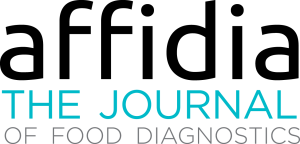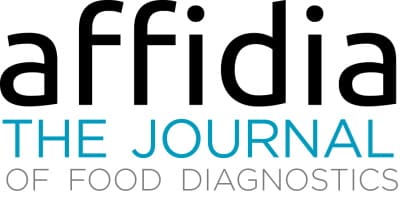Evolution of analytical methods and current gaps in food allergen detection
Do method sensitivities comply with recommended allergen reference doses? The ThRAll-EFSA project is developing a tool to quantify allergens in complex foods using MS techniques for improved analytical accuracy.
The size of the food allergy problem
Food allergies are a growing health burden worldwide. Although the true prevalence of food allergies is not wellknown, the trend has been rising in recent decades in industrialized western countries. The prevalence of food allergies is higher in infants than in adults (Sicherer et al. 2018; Nwaru et al. 2014). About 170 foods have been reported to cause allergic reactions but just a handful of them are responsible for the most serious allergic reactions, including milk, eggs, fish, crustacean shellfish, tree nuts, peanuts, wheat, and soybean. Milk and egg are universally recognised as the most common allergy causes, especially in children. Prevalence can vary among regions and cultures and according to dietary habits and methods of food production and preparation. For certain foods, processing has proven to increase the allergenicity of the proteins contained in them (Verhoecks et al. 2015). To date, there is not a remedy for allergic patients suffering from food allergies; the only option is to avoid the ingestion of allergens.
Allergen control plans and food labelling
Allergens represent a real risk to consumer health. Food industries need to properly manage allergen risk in foods along the whole production line to protect consumer safety while meeting international certification standards. Allergens may be intentionally incorporated into a food and existing legislation satisfactorily protects allergic consumers (Regulation [EC] No 1169/2011) but a food may become contaminated as a result of unintended cross-contact with other allergenic sources and the current labelling legislation does not cover these potentially hidden allergens. There are multiple ways allergens can enter food production and processing lines, from the incoming raw materials through to the final product ready for the market.
A suitable allergen risk assessment based on effective analytical control plans and food labelling are the only
tools the food industry has to manage this problem.
This includes a raw materials control plan, validation of cleaning processes in facilities, staff training for new hazards, good hygiene practices and hazard analysis and critical control points (HACCP), and a final product control plan. To increase the level of protection for allergic consumers, a voluntary precautionary allergen labelling (PAL) system has been developed to warn consumers about the risk of an allergic reaction due to probable unintended contamination by food allergens.
As a result, wording such as “may contain” made on a voluntary basis by food retailers has begun appearing on the labels of many food products (Allen et al. 2018), often complicating choices for allergic consumers.
The PAL system is currently under debate due to the diverse and inconsistent warning messages that reveal clear flaws and the diminishing trust allergic individuals place in food producers (DunnGalvin et al. 2019).
More work is required to harmonise and keep PAL wording simple and effective and to enhance and clarify the link between the risk assessment and PAL to leave room for issuing general guidelines to guide correct future precautionary labelling (O’Co
Download content now





















